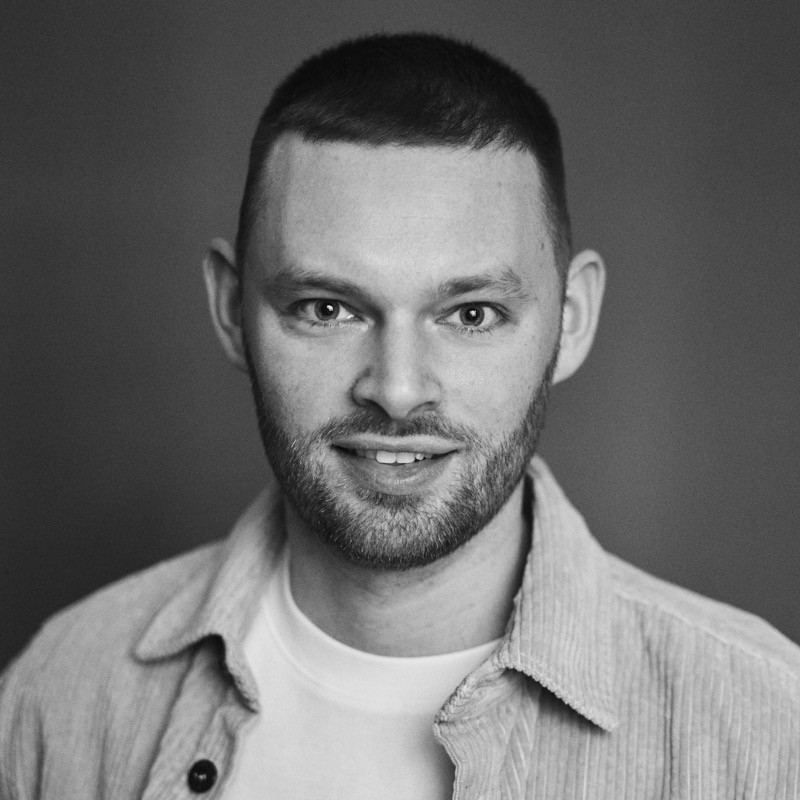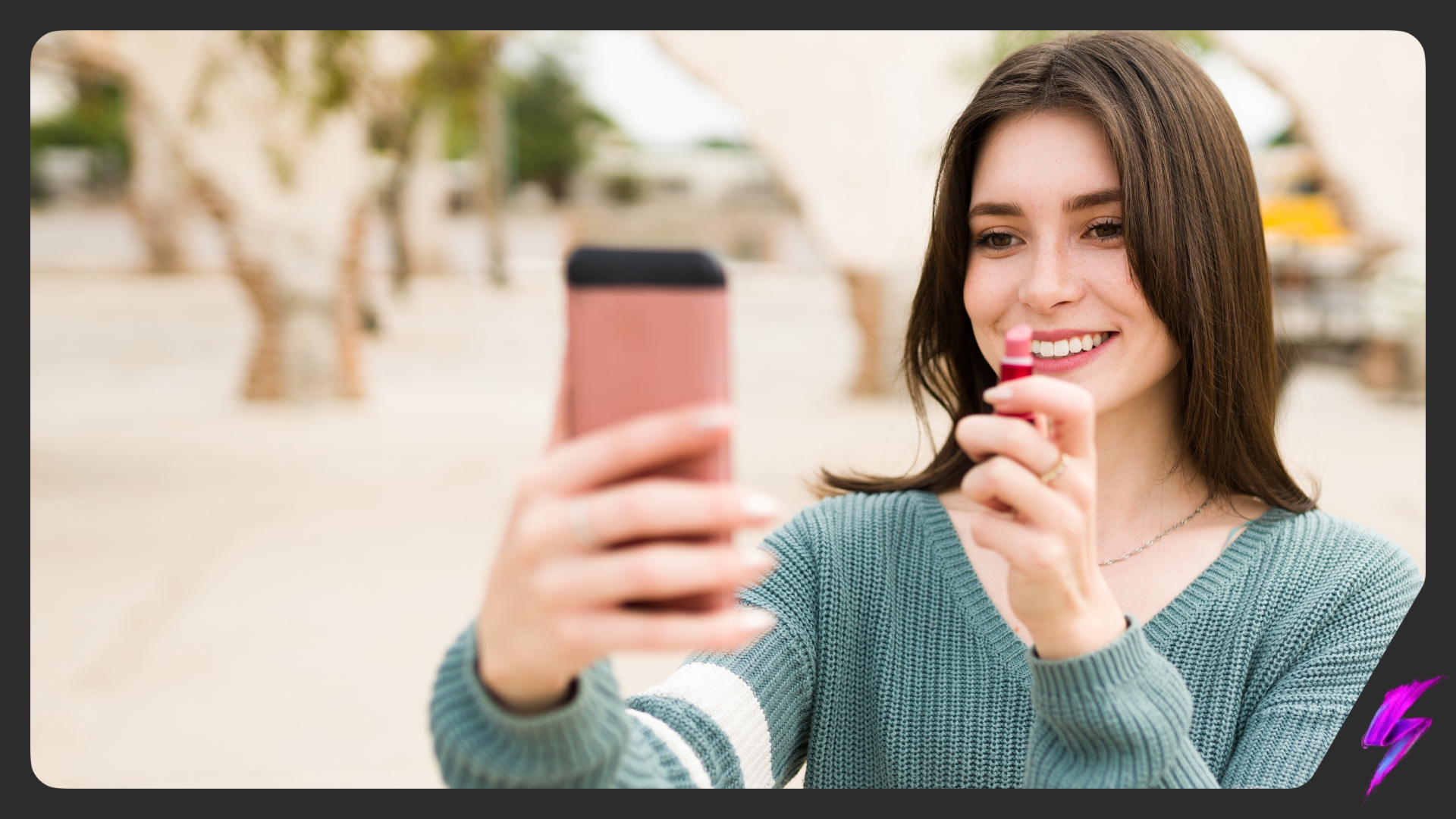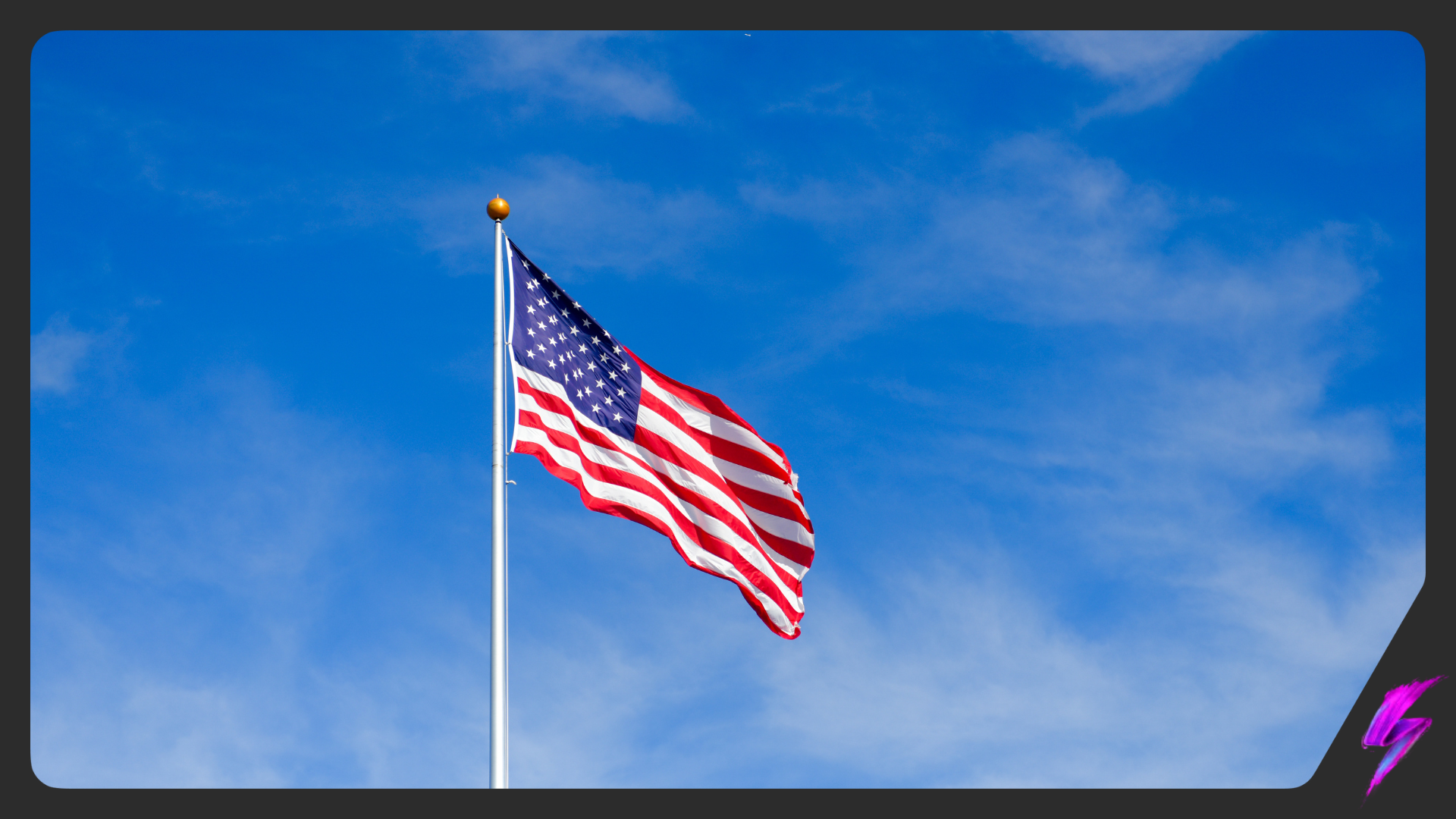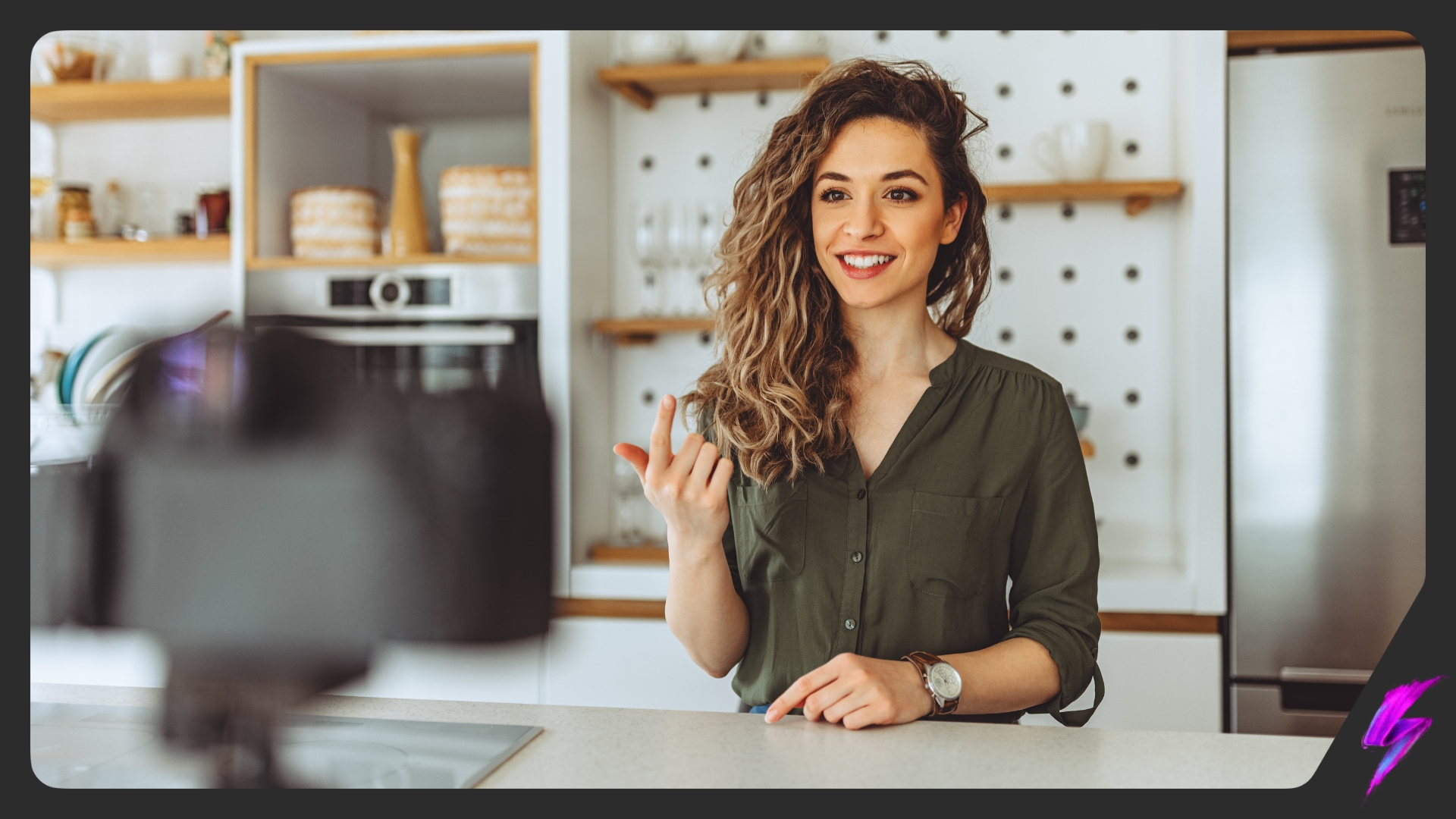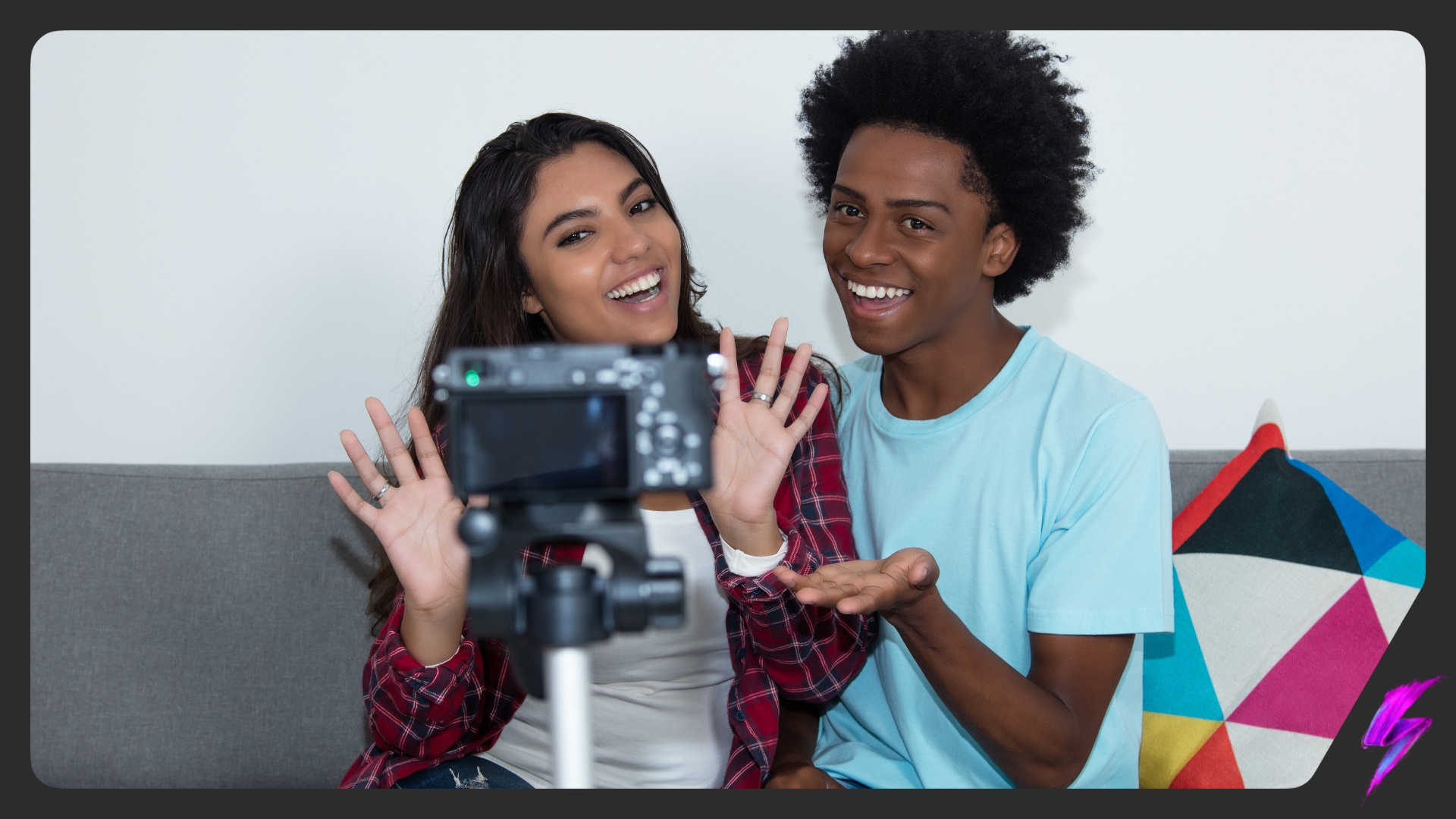The Dawn of the New Front Row
Sep 14, 2023
Marketing News
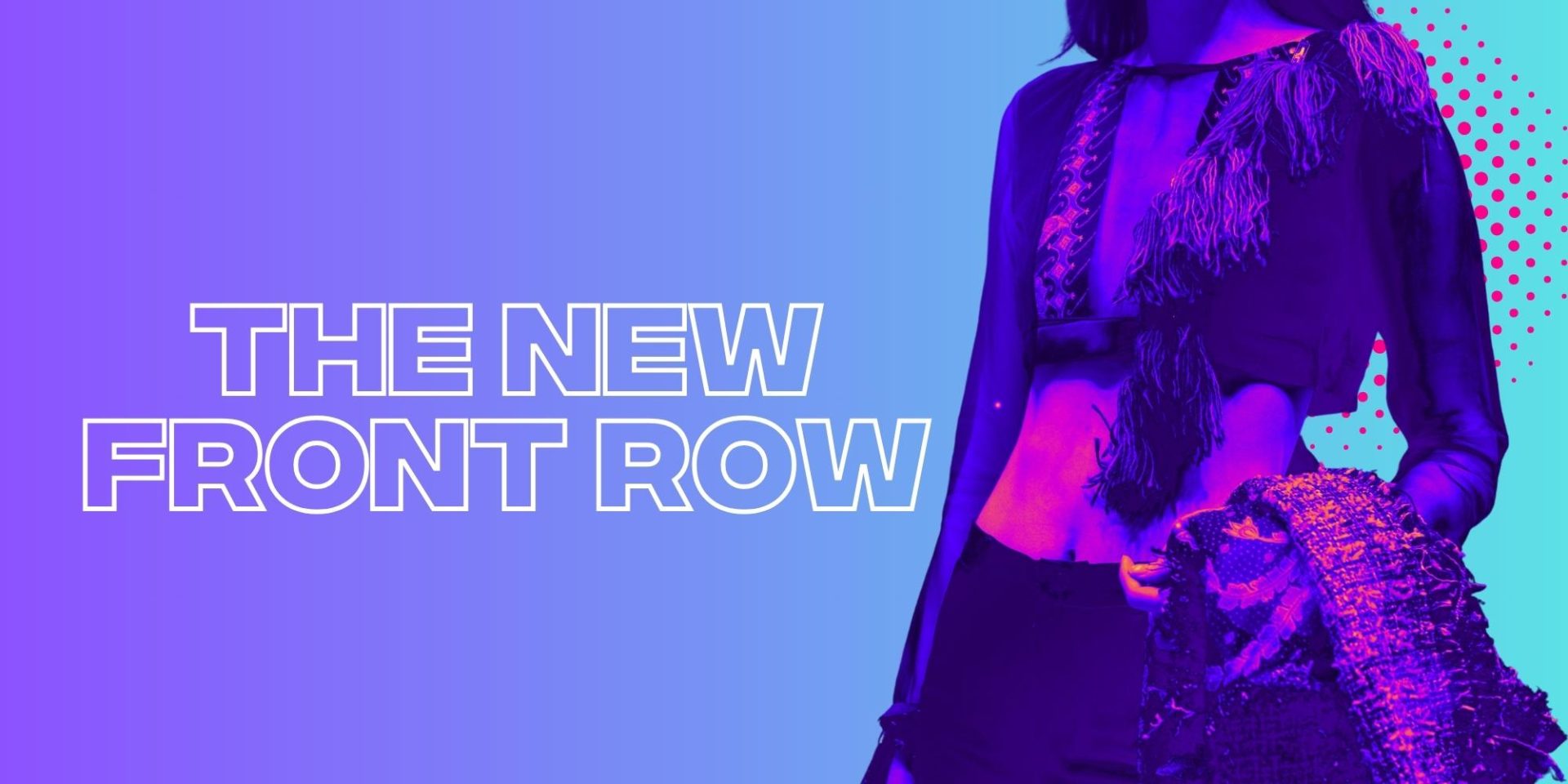
Fashion week’s new front row. What was once viewed as a sacred space, occupied by only the elitist of the A-list crowd, has seemingly had a face lift.
This New York fashion week saw the likes of Anna Wintour seated in the same room as 18-year old TikToker Ellie Zeiler at popular brand Fendi’s 25th anniversary show, and this isn’t the only example.
For years, the internet has been buzzing with talk of the “new front row”; influencers taking seats in spaces that were once held for the most elite of the elite. The Met Gala, for example, caused a huge wave on the internet when it invited the likes of Addison Rae, to an event that has been highly exclusive since its inception in 1948.
So, it begs the question, why? Why are brands deciding to give seats away to influencers, rather than the traditional A-lister?
Well, it all seems to boil down to marketing.
Ultimately, influencers in the new front row of fashion shows allow brands to establish brand authenticity, reach new audiences, and take part in bottom up trend creation.
Let’s dive in.
The modern fashion consumer
The fashion industry has built its own pedestal over the years. The industry’s air of untouchability is part of what made it so successful. The fact that consumers had to rely on magazines, movies like “Devil Wears Prada” or the rare televised fashion show to get sneak peaks of the industry, created a mystery around it that drove people to consume more and more fashion based content.
Nowadays, this exclusivity is not as impactful nor desirable to consumers. A wave of younger fashion critics has opened up on TikTok and other platforms, with creators from a range of different backgrounds offering their opinions on fashion. Many of these next gen fashion critics have found huge success. One such creator, Rian Phin, has a highly successful TikTok account, which reaches thousands of people.
@thatadult extremely hard to explain lol yohji yamamoto fall 2002 FULL
What makes these new fashion critics so exciting, is that they are defiantly smashing all the barriers fashion has placed around them.
Many of these creators come from backgrounds traditionally ignored by the fashion industry; people of colour, plus size people, and people from lower income backgrounds are just some of the many demographics that fashion has historically turned a blind eye to.
Moreover, the modern consumer is vastly different from its predecessors, with studies continuously showing that the average consumer seeks brand authenticity and inclusivity in the fashion world. People no longer desire brands that deliberately play off elitism. Consumers want brands that have clear values and feel tangible. A great way for brands to achieve this idea of authenticity, is via influencers.
Influencer X brand collabs
When a brand partners with an influencer, they are aligning themselves with their personality, values and image. For example, when a brand partners with Emma Chamberlain, they communicate an air of joviality, fashion forwardness, and realness that appeals to a young audience. This is because Chamberlain, like many successful influencers, has a distinct brand herself.
Chamberlain is a great example of the success of influencer and brand collaborations. She has collaborated with dozens of brands over her career, but recently her name has become nearly synonymous with Levi’s. If you’ve been on the internet over the past three-ish years, then you’ve definitely seen the obsession with finding the perfect Levi 501s to rock the streets with.
Now, Levi 501’s are an absolute classic. They don’t necessarily need any marketing. In spite of this, Levi’s collaboration with Chamberlain has spiked the love for these classic jeans, and is certainly one of the driving factors for their current trending status.
On Levi’s YouTube channel, the videos in which Chamberlain features are some of the highest viewed. Chamberlain has gone on to partner with the brand multiple times, featuring on their Ganni X Levi campaign, and even going as far as to create her own pieces with Levi multiple times.
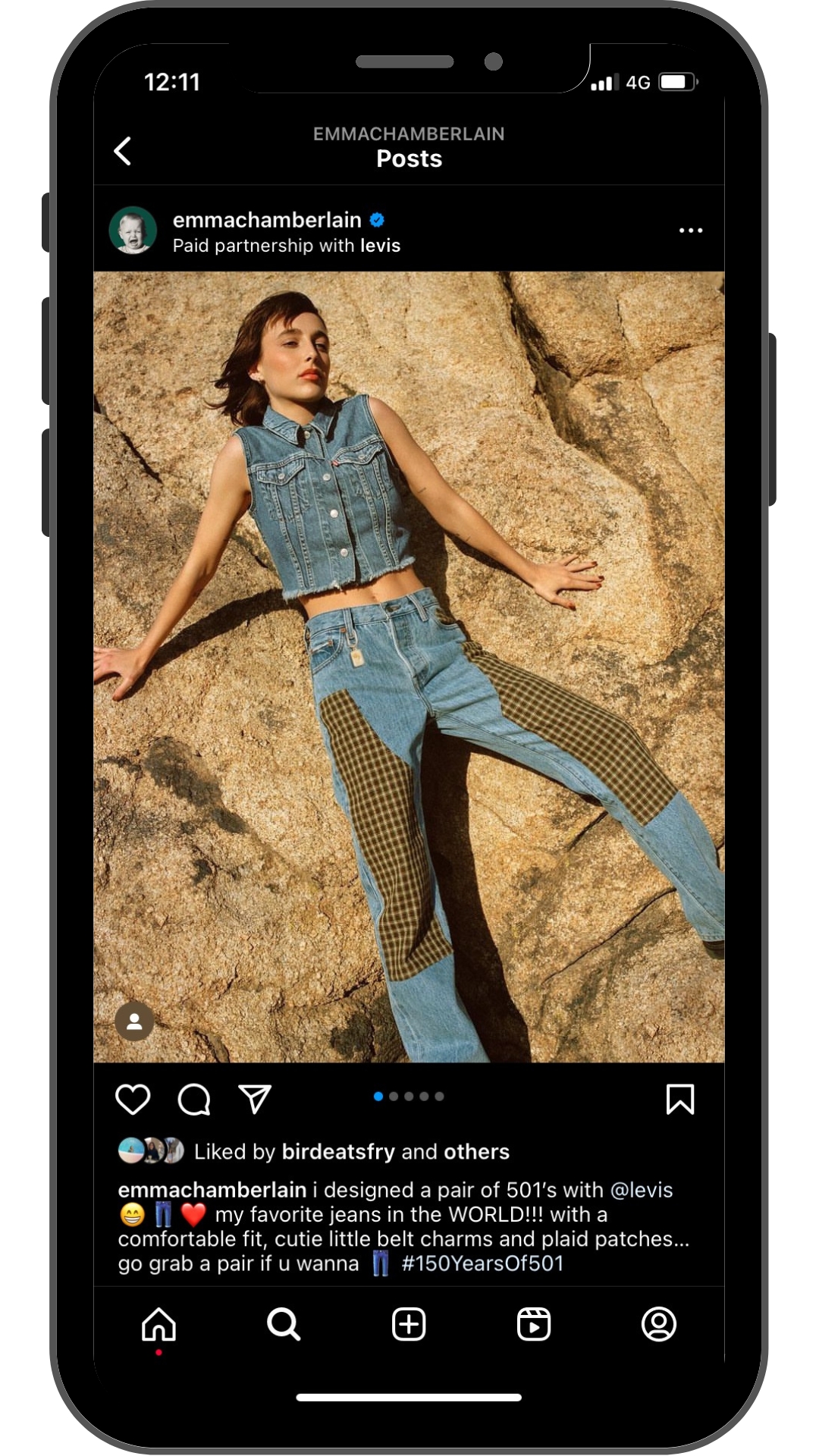
This success is largely due to Chamberlain’s status as an “it-girl”. Her high fashion status encourages her followers to click and buy any item of clothing she is seen in, making her the perfect pick for a fashion brand collaboration.
The right pairing between a brand and an influencer can have huge benefits for the brand. Another brilliant case study of this is Prada and Miu Miu. Prada and Miu Miu have heavily targeted their marketing towards younger audiences in recent years. They have partnered with the likes of Sydney Sweeney, Hunter Schafer and Charli D’Amelio; all young, popular influencers.
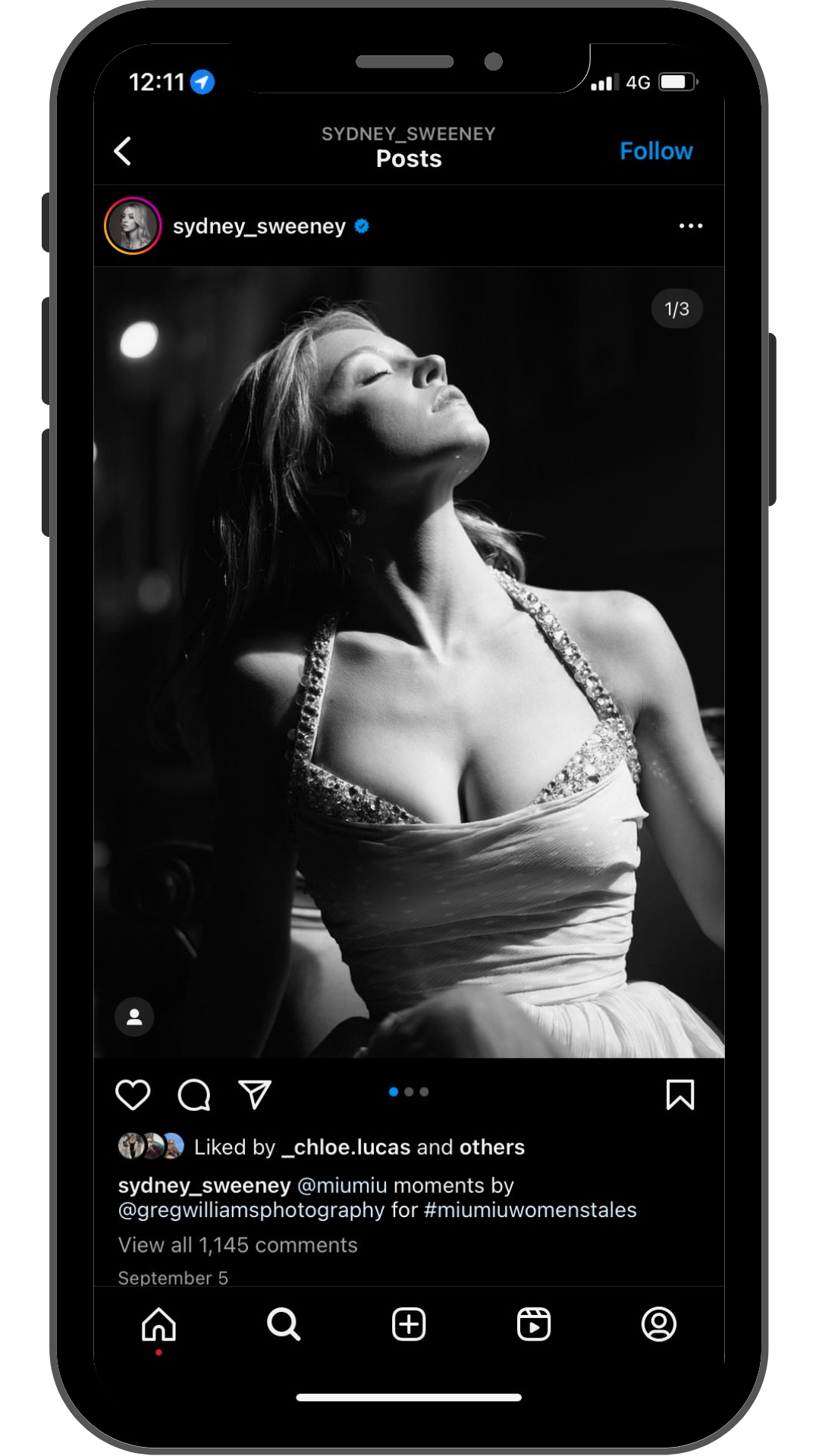
These partnerships allow Prada and Miu Miu to establish their brands as modern, fresh and appealing to a younger audience.
Most importantly, influencer collaborations allow brands to appear more authentic, as they show they’re plugged in to popular culture. From 2022 to 2023, the company reported that Prada’s revenues increased by 18% and Miu Miu’s increased by 50%. Whilst Prada and Miu Miu have been steadily successful brands for many years, the positive impact that their influencer partnerships have had cannot be ignored.
The horizon of the new front row
Content creators and culture
Social media and the rise of the influencer has completely changed the way that trends and culture move. Traditionally, trends and consumer behaviour have been defined from top to bottom. This means that brands would influence popular culture and consumer buying behaviour.
Nowadays, the consumer is most influenced by their favourite creator, not their favourite brand. When a creator is seen wearing a head to toe Gucci look at a Gucci show, for example, their followers seek out these items and buy them as soon as they can.
As a result, it is far more effective for brands to use influencers to show off their products in context, rather than trying to enter conversation with the consumer themselves. According to a Google report, more than 64% of female consumers shop by purchasing items worn by their favourite creators.
Thus, an influencer in the new front row, dressed in the show’s new or Ready to Wear collection, but styled to current trend sensitivities, is an effective way to promote the brand itself.
New and digital-first audiences
A key benefit that influencers bring to fashion shows is digital traffic. As mentioned previously, partnering with influencers allows fashion brands to reach entirely new audiences. A report by Launchmetrics showed that even if influencers account for just five percent of seats at runway shows, they generate forty percent of total digital traffic for the event.
New audiences are also being brought in by fashion show live streaming. What started as a Covid solution has grown into an inclusive, modern way to view and engage with fashion. Live streams expand the fashion show audience to the average consumer at home; rather than these events being exclusive to those famous enough to receive an invite, we, the regular joes, can watch from our living rooms.
Shanghai fashion week took this one step further, by partnering with the popular ecommerce site Tmall. This partnership allowed viewers to purchase the collection whilst they watched the live stream, all in one app.
Whilst this new era of inclusivity allows fashion to reach the eyes and ears of millions, and attract many who may not have previously been interested, some are wary of what this may do to the historic eliteness of fashion week.
Brands are also able to reach audiences that may not traditionally be interested in fashion. Rick Owens, for example, invited artist and rapper Tommy Cash to sit front row at its SS24 menswear show. Cash is not a fashion influencer, and thus his attendance has allowed a whole new audience to be reached by Rick Owens. The move was incredibly successful, with the search “Tommy Cash Fashion Week ” having 1.1 million views and counting.
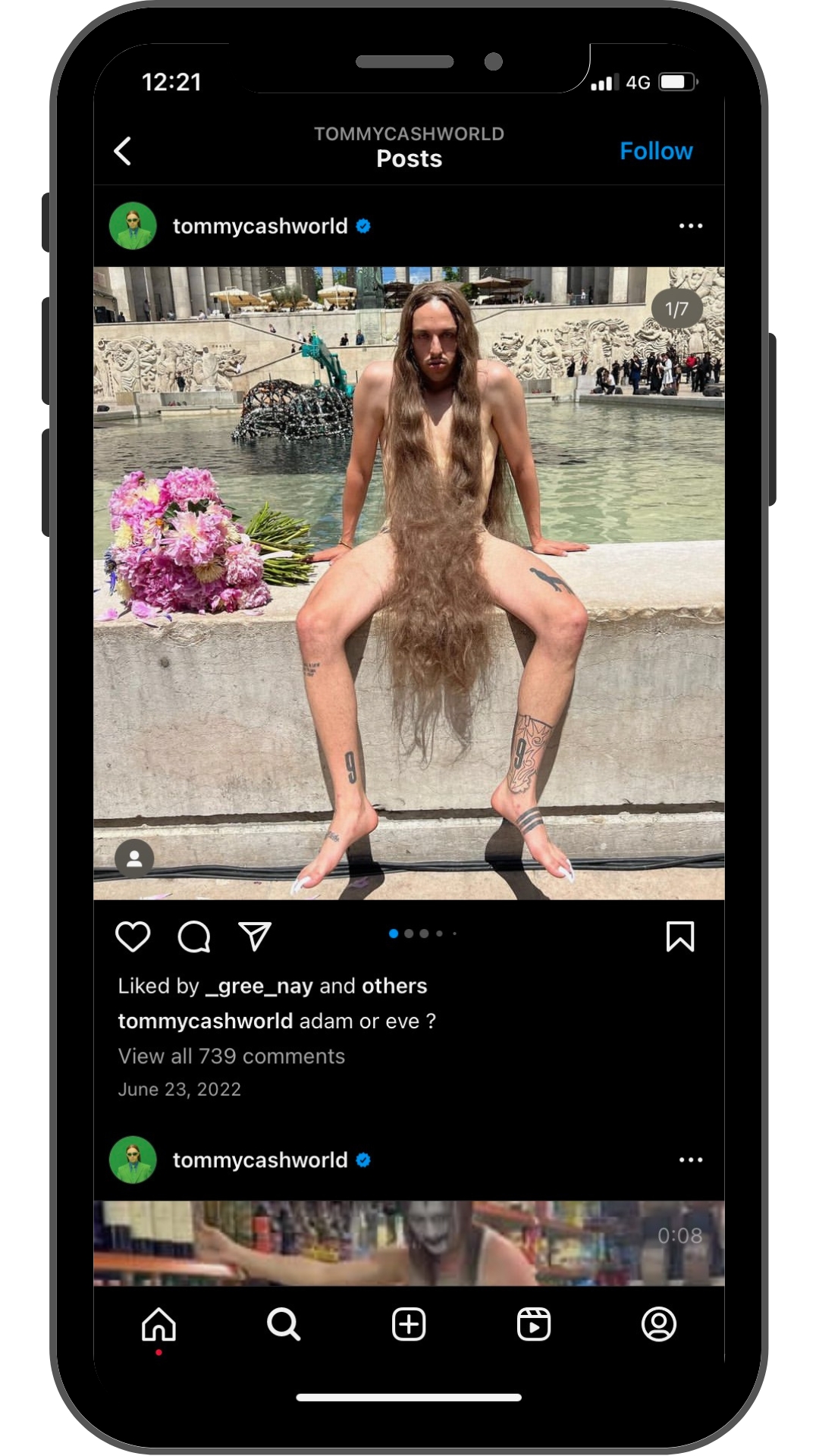
By inviting Cash, Rick Owens gained a wider audience, trended on various social media platforms, and established itself as a relevant brand.
Following on with the theme of audiences, influencers have the unique ability to provide brands with an incredibly specific demographic. An influencer’s following acts as proof of the demographic that they reach. If a fashion brand seeks a very specific demographic, they merely have to take a scroll through influencer’s followers and they can easily determine which creator fits the bill.
This is far more effective than more traditional routes, such as posting ads on billboards and hoping they reach the correct audience.
So, why is there such a large audience for fashion? Why has fashion become the groovy topic to be interested in?
Gen-Z has shown time and time again that what it values above all else is individuality. Through the internet, having a strong sense of identity and standing out from the crowd is second nature to the younger generation. Fashion is the perfect way to express oneself and define your identity.
Gen-Z’s desire to experiment and find themselves through fashion was largely propelled by the pandemic. Shut away in their rooms, youngsters were able to try out different aesthetics and share them with the world; finding their community and themselves in the process.
What does the new front row mean?
Thus, by including influencers in the new front row, brands are taking advantage of the brand authenticity that they can provide, as well as their ability to influence popular culture. Influencer partnerships allow a brand to establish a personality that appeals to a specific audience. Often, this audience is not one that the brand would have traditionally been able to reach.
The creator economy is only set to grow. Any fashion brands too proud to invite or include influencers within their activities—on social media, or in the Front Row—are sure to suffer the consequences. With so many influencer niches available, with their huge followings, ability to tap into culture, and easy conversation with consumers, to not make use of influencer collaborations would be, frankly, unwise.
One of the most convenient elements to utilising influencers to promote a fashion brand, is that the influencer doesn’t have to be fashion-focused. As seen with Cash, brands have the opportunity to access a new audience, within an entirely different niche.
Many fashion brands have already begun to make their Fashion Week shows accessible to the masses through livestreaming the events. With TikTok fashion creators hosting and posting BTS interviews and content from global Fashion Week events, it shows this is where the new fashion consumer lives.
With TikTok and its creators playing a big part in the discovery of new fashion brands, designs, and trends, it begs the question of whether fashion brands will consider implementing TikTok Shop to support Ready to Wear collections… Only time will tell.
Our influencer marketing agency and social agency are located worldwide, with our agency network based in the USA, UK, UAE and China.
If you want to find industry insights, visit our influencer marketing and social media blogs.
@ Socially Powerful
Social And Influencer Marketing News + Insights
Get in touch
We'll show you how to start powerful conversation, drive social engagement, build your brand, hit sales targets or meet other goals you have, wherever you are in the world.
Work with us